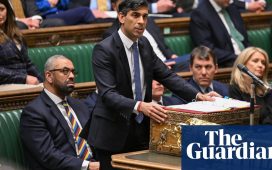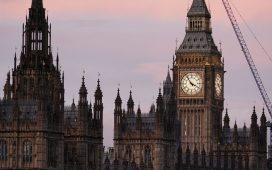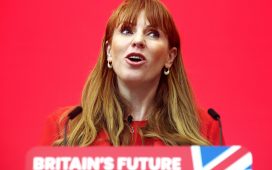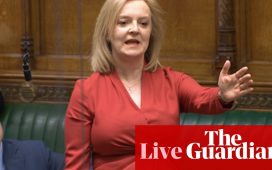There is no point in doing things by half and the Bank of England has wheeled out the big bazooka in its effort to minimise the impact of Covid-19 on an already shaky economy.
Threadneedle Street’s expertise does not extend to immunology so the Bank has no real idea how serious the outbreak will be. It thinks the impact will be temporary but admits it could be “sharp and large”. In any event, there is going to be some serious short-term disruption to activity and the aim is to ensure there is no long-term harm.
The package announced today is significant for three reasons. Firstly, there is the timing. Emergency rate cuts by the Bank happen only rarely, and you have to go back to the financial crisis to find the last occasion the monetary policy committee acted between its scheduled meetings.
Clearly, the Bank wanted to co-ordinate its policy response with the Treasury, which has been gearing up for Rishi Sunak’s budget. There are two arms of economic policy: interest rates, lending measures, quantitative easing and banking supervision conducted by the Bank; and tax and spending, which is under the control of the Treasury.
Amid growing public concern at the health risks posed by Covid-19, the idea is to show that the Bank and the Treasury are working as a team to help the economy through what will undoubtedly be a tough time. It was important for the Bank to act first: had it waited until after the budget that might have been seen as an implicit criticism that Sunak’s package was inadequate.
Second, there is the scale of the action. Interest rates have been cut by half a point to 0.25%, taking them back to the levels plumbed in the aftermath of the Brexit referendum in 2016. But on that occasion the Bank only moved by a quarter-point. The Bank had only limited scope to cut interest rates and it has used most of it up.
Finally, there are the details of the measures, because, while the reduction in borrowing costs will attract most of the attention, there was more to the Bank’s action than that. Threadneedle Street recognises that there is a need to ensure that banks and building societies continue to lend and that they pass on the benefits of the reduction in bank rate to 0.25% to their customers, particularly small- and medium-sized companies that tend to have cashflow problems. So the Bank of England has loosened curbs on bank lending and provided incentives that will encourage SME lending.
Mark Carney’s six and a half year stint as Bank governor ends this week. Covid-19 has ensured that he goes out with a bang not a whimper.














